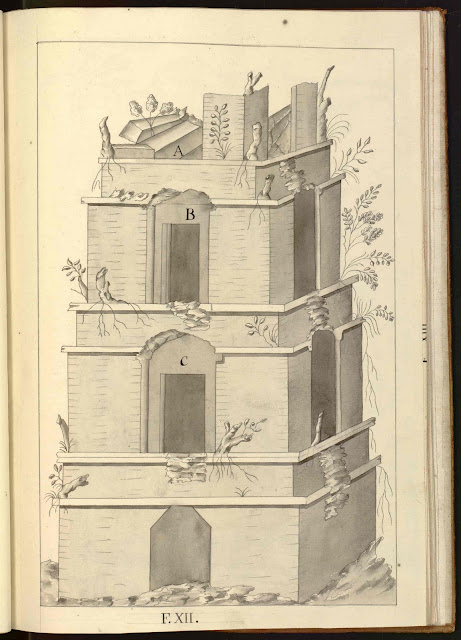The house of Manesse was in origin a family of merchants who prospered and became the most wealthy family of the medieval city of Zürich, seat on a castle near Leimbach –I couldn’t find photos or any reference about this castle on the internet, probably there are no visible remains on the surface nowadays-. The fortune of the family finally declined and the castle was sold around year 1393, passing into the possession of Selnau Abbey. The founder of the family was Rudigër Manesse. His son Rudigër II patronized this Codex which has been defined as the quintessence of European medieval poetry. It’s basically a compilation or, even betteran anthology of the works of 135 german troubadours (a.k.a. Minnesangers in german) from mid 12th to 14th century. The codex was commissioned between 1304 and 1340 and is richly illustrated: a total of 135 miniatures, representing each poet, ordered by social status, from emperors down trough kings, dukes… In medieval European tradition, a Knight wasn’t only a warrior, but also a poet -basic conditions to be “noble"-. So, at the end, miniatures depicts each “poet” or “troubadour” taking part in a joust, and in much cases participating in real battles.
 |
| Walther von der Vogelweide (1170 –1230) is the most celebrated of the Middle High German lyric poets. I recommend visiting his BIO on wikipedia here. |
 |
| Henry VI (1165-1197), emperor of the Holy Roman Empire. From 1194 until his death he was also King of Sicily. |
 |
| King Conrad the Younger (a.k.a. Conradin) duke of swabia. Having assumed the title of King of Jerusalem and Sicily, Conradin took possession of the Duchy of Swabia in 1262 |








